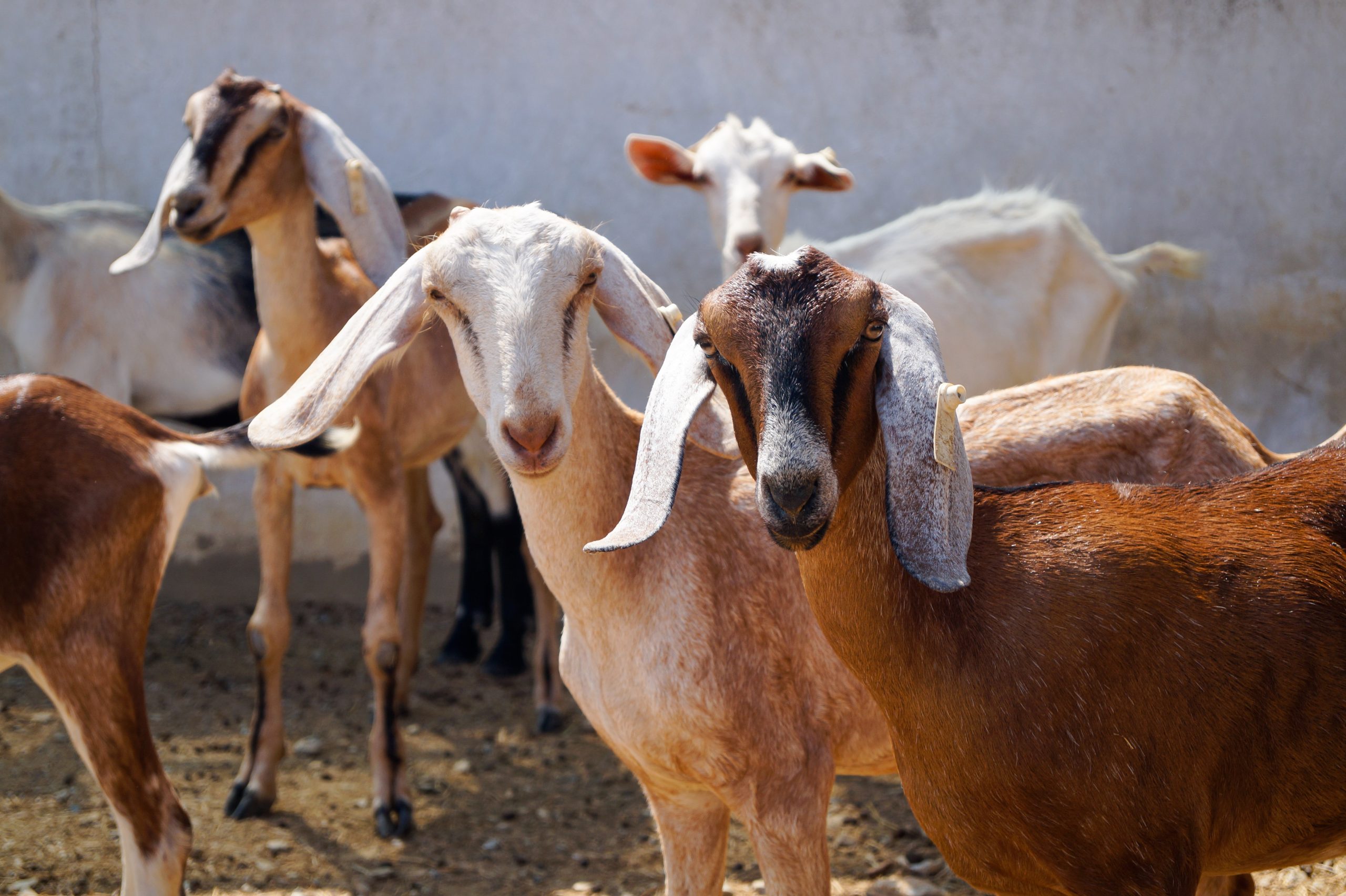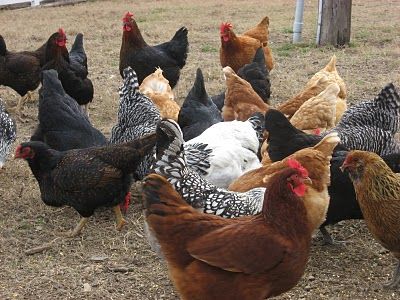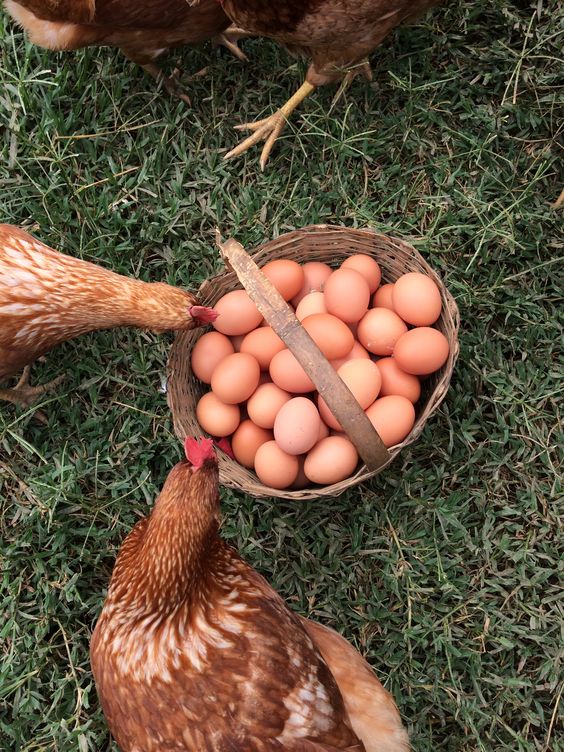Goat Management Systems: A Guide to Effective Herding
Goat Management Systems are versatile and adaptable creatures, providing a valuable source of milk, meat, fiber, and even manure for fertilizer. However, successful goat management requires a well-defined system that caters to their specific needs and your overall farming goals. This guide explores various goat management systems, husbandry practices, and best practices for keeping your herd healthy and productive.
Understanding Goat Management Systems
The ideal goat management system depends on several factors, including:
- Scale of Operation: Are you a small hobby farmer with a handful of goats, or a large-scale commercial producer?
- Purpose of Goats: Are you raising goats for milk, meat, fiber, or breeding stock?
- Available Resources: Land availability, budget, and labor all play a role in choosing a system.
- Climate and Location: Local weather conditions can influence housing and feeding needs.
Here’s a breakdown of the three main goat management systems:
1. Extensive System:
- Description: This free-range approach allows goats to graze freely on pastures and browse on shrubs and trees. It’s suitable for small herds in areas with ample natural forage.
- Pros: Low labor requirements, minimal infrastructure needed, goats benefit from natural foraging behavior.
- Cons: Requires large areas of land, limited control over breeding and health, vulnerable to predators.
2. Semi-Intensive System:
- Description: This system combines elements of extensive and intensive management. Goats have access to pastures but are supplemented with hay, grains, and minerals when needed. Housing provides basic shelter.
- Pros: More control over breeding and health compared to extensive systems. Suitable for larger herds or areas with limited grazing.
- Cons: Requires more infrastructure and labor than extensive systems, ongoing cost of supplemental feed.
3. Intensive System:
- Description: Goats are confined to housing with access to outdoor runs or exercise areas. Feed is entirely provided through hay, grains, and concentrates.
- Pros: Highest level of control over breeding, health, and production. Suitable for high-production dairy goats or meat production in confined spaces.
- Cons: Most expensive system to set up and maintain. Requires significant investment in housing, feeding equipment, and waste management.
Essential Husbandry Practices for All Systems
Regardless of the chosen system, several key husbandry practices remain essential for a healthy goat herd:
- Housing Goat Management Systems: Provide goats with clean, well-ventilated shelter that protects them from extreme weather conditions. Proper drainage and bedding are crucial to prevent moisture build-up and disease.
- Feeding Goat Management Systems: Offer a balanced diet that meets the nutritional needs of your goats based on age, breed, and production stage. This typically includes forages, hay, grains, and mineral supplements. Ensure access to clean, fresh water at all times.
- Breeding Management: Develop a breeding plan that aligns with your production goals. This may involve separating bucks from does except during breeding seasons, or implementing artificial insemination for more control.
- Health Care: Regular vaccinations, parasite control, and disease prevention measures are vital for maintaining herd health. Observe your goats daily for signs of illness and promptly isolate and treat any sick animals.
- Record Keeping: Maintain accurate records of individual goats, including breeding dates, kidding records, health treatments, and production data. This information is crucial for tracking performance and making informed management decisions.
Additional Considerations for Effective Goat Management
- Fencing Goat Management Systems: Durable fencing that prevents escape and keeps predators out is essential for all systems except strictly confined intensive setups.
- Predatory Animal Control: Implement measures to deter potential predators like coyotes or foxes depending on your location.
- Biosecurity: Establish protocols to minimize the risk of disease introduction, such as quarantining new animals and maintaining good hygiene practices.
- Waste Management: Develop a plan for manure handling and disposal to prevent environmental contamination and promote herd health.
Technology and Innovation in Goat Management
The use of technology is increasingly playing a role in modern goat management. Here are some potential applications:
- Automated feeders and watering Goat Management Systems: These can save time and labor in larger operations.
- Wearable animal trackers: Monitor goat health and activity levels remotely.
- Milk recording devices: Track individual milk production data for informed breeding and culling decisions.
- Software for goat management: Specialized software helps with record keeping, breeding planning, and financial analysis.
Conclusion Goat Management Systems
Choosing the right goat management system and implementing effective husbandry practices are crucial for successful goat farming. By considering your resources, production goals, and local conditions, you can establish a system that promotes animal well-being, optimizes production, and ensures a sustainable and profitable goat operation.






